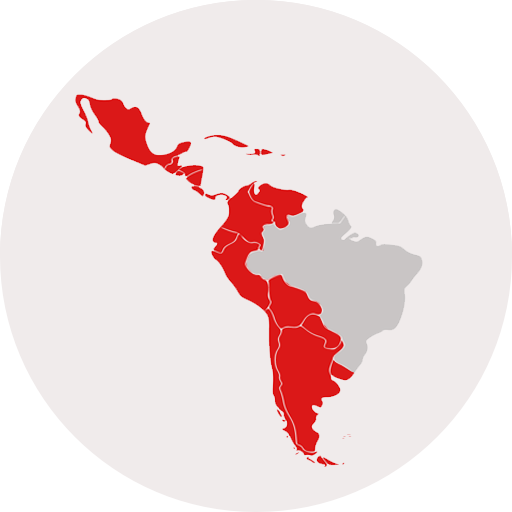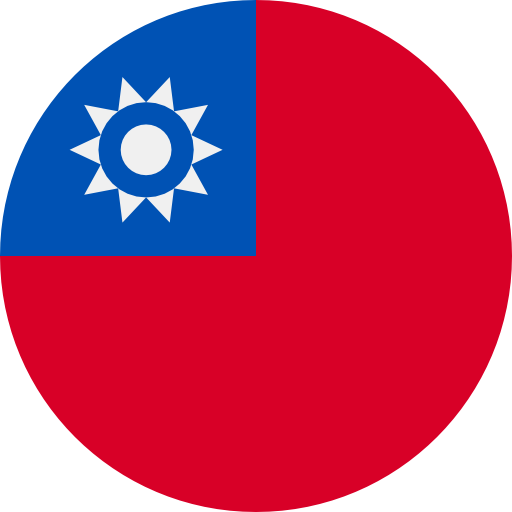Reports
New and Emerging Therapies for Psoriasis
Presented by: Leon H. Kircik, MD, FAADAssociate Clinical Professor of Dermatology
Indiana University School of Medicine, Indianapolis, IN, USA
Icahn School of Medicine, Mount Sinai Medical Center, New York, NY, USA
- Research advances explore the immune mechanisms underlying psoriasis and aim to alter the natural course of the disease.
- Research into the IL-17 family underlies the development of new therapeutic advances for psoriasis.
New and emerging therapeutic agents are based upon the underlying immune mechanisms and aim to alter the natural course of the disease [1]. Interleukin 17 (IL-17A-F) plays a key role in inflammatory disease development; therefore, research into the IL-17 family underlies the development of new therapeutic advances for psoriasis [2]. IL-17F plays an important role in the regulation of inflammatory responses that differ from IL-17 [3] Neutralizing IL-17F in addition to IL-17A is based upon reasoning that includes the fact that both share approximately 50% structural homology, have similar proinflammatory functions, are expressed at inflammation sites, and cooperate with other cytokines to mediate inflammation [3].
Ongoing research into the pathogenesis underlying psoriasis and the inflammatory response is producing promising new therapies. Targeted therapies are more effective and produce fewer adverse effects.
New and emerging therapeutic agents are based upon the underlying immune mechanisms and aim to alter the natural course of the disease [1].
- Risankizumab. In a trial comparing the impact of risankizumab versus ustekinumab at 16 weeks based upon change in PASI (Psoriasis Area Severity Index) score from baseline, risankizumab demonstrated nearly double the efficacy compared to ustekinumab, while both demonstrated clinically significant efficacy compared to placebo [4].
- Bimekizumab. In the BE ACTIVE study bimekizumab PASI 90 response rates demonstrated that IL-17F contributes to chronic tissue inflammation [5].
- Tazarotene/halobetasol. This combination topical lotion demonstrated increased efficacy in phase 3 randomized, double-blinded trials compared to use of tazarotene as monotherapy for the treatment of psoriasis.
- Certolizumab pegol. It was studied in women with chronic inflammatory disease to determine the safety of this biologic during breast feeding. There was no/minimal transfer from plasma to breast milk [6].
- Etanercept AutoTouch reusable auto injector. This offers an ergonomic handle; a needle designed to stay hidden during the injection; sensors to detect placement on skin; a speed switch with three injection speeds; a progress bar and a speaker. The new drug formulation that was associated with substantially lower mean injection site pain than the current formulation.
- Brodalumab. The psoriasis treatment brodalumab was studied for certain psychiatric adverse effects due to the higher rates of psychiatric comorbidities such as suicidal ideation and behavior among those with psoriasis [7]. Treatment with brodalumab was not associated with an increase in psychiatric events or adverse effects [7].
- Mirikizumab. This psoriasis medication demonstrated a clinically significant improvement in PASI 90 response over 16 weeks. There was a strong dose-response relationship, with higher dose groups achieving better responses. The rate of adverse events was similar to placebo [8].
- Biologics targeting IL-23 and IL-17 have demonstrated efficacy in clinical trials for psoriasis.
- Th17 cell differentiation is regulated by transcription factors STAT3, RORγt (etinoid-related orphan nuclear receptor gamma t), IRF4, AHR.
- The RORγt is required for Th17 differentiation and thus implicated in research and development of new therapeutic agents [7].
- The RORγt modulator JNJ-545271074 was identified for its implication in developing autoimmune medications such as those for the treatment of psoriasis [9].
- New formulation technology optimizes delivery of active ingredients into target tissue.
- This technology is also more patient centered and more convenient to use.
- The vehicle is an oil-droplet for molecules that do not solubilize easily.
- Skin irritation is reduced because there are fewer surfactants.
- The structure of the vehicle protects the active ingredients from degradation.
Key Messages/Clinical Perspectives
- Ongoing research into novel pathways is producing new and emerging therapies that offer patients improved outcome over prior treatments.
- In addition to pharmacologic improvements in active ingredients, technological improvements in the vehicle will optimize delivery with improved convenience and protect the topical treatments from degradation.
REFERENCES
Presenter disclosure(s): The presenter has reported relationships with the following companies:
3M Pharmaceuticals; Abbott Laboratories; Ablynx; Acambis; Allergan, Inc.; Almirall; Amgen; AnaptysBio; Aqua; Astellas Pharma US, Inc.; Asubio Pharmaceuticals, Inc.; Bayer Consumer Healthcare Pharmaceuticals; Biogen; Biolife; Biopelle, Inc.; Breckinridge Pharma; Centocor Ortho Biotech Inc.; ColBar LifeScience Ltd.; CollaGenex Pharmaceuticals, Inc.; Connetics Corporation; Coria Laboratories; Dermik Laboratories, a business of sanofi-aventis US LLC; Dow Pharmaceutical Sciences, Inc.; DUSA Pharmaceuticals, Inc.; Embil Pharmaceuticals, Co., Ltd; EOS; Ferndale Laboratories, Inc.; Galderma Laboratories, L.P.; Genentech, Inc.; GlaxoSmithKline; Healthpoint; Intendis, Inc.; Isdin; Johnson & Johnson Consumer Products Company; Laboratory Skin Care, Inc.; Leo Pharma Inc; Medical International Technologies; Medicis Pharmaceutical Corporation; Merck & Co., Inc; Merck Serono; Merz Pharmaceuticals, LLC; NanoBio Corporation; Novartis Pharmaceuticals Corp.; Nucryst; Obagi Medical Products; Onset Dermatologics; Othro Dermatologics; Pfizer Inc.; Pharmaderm; Promius Pharma, LLC; PuraCap Pharmaceutical; QLT Inc.I(H); SkinMedica, Inc.; Stiefel a GSK company; Sun Pharmaceutical Industries Ltd.; Taro Pharm; TolerRx; Triax Pharmaceuticals, LLC; Valeant Pharmaceuticals International; Warner Chilcott; Xenoport, Inc.; Zalicus.
Written by: Daniel Bennett, MPH
Reviewed by: Martina Lambertini, MD
CONFERENCE SUMMARIES

Welcome to the Highlights from AAD 2019
Prof. Nellie Konnikov, MD, FAADWe are pleased to present highlights from the 2019 Annual Meeting of the American Academy of Dermatology (AAD). Our meeting was held from March 1 to March 5, 2019 in Washington, DC. The AAD conference … [ Read all ]

 amèrica latina
amèrica latina Canada EN
Canada EN Canada FR
Canada FR Deutschland
Deutschland italiano
italiano português
português Taiwan
Taiwan